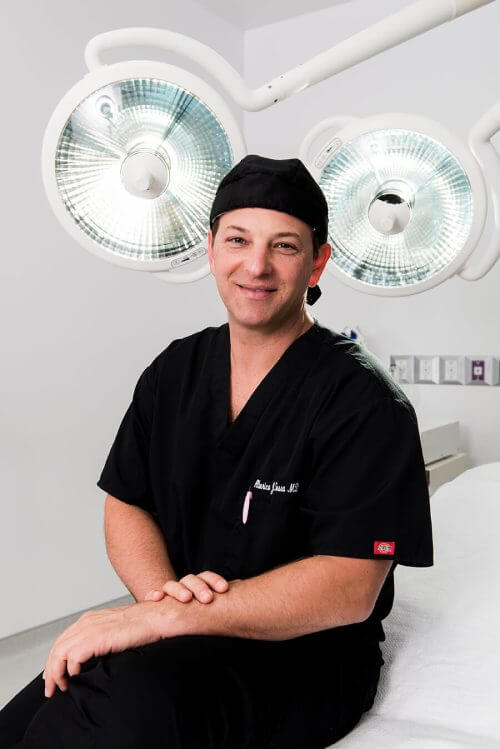A tummy tuck is done to make the tummy more tight and flat, but is this giving you some unexpected sensation like a “rock-hard” stomach? There is nothing to worry about, as this phenomenon is common and mostly temporary. However, one must understand why it happens to take preventive steps.
Let’s explore the reasons and a few tips to manage a “rock-hard” stomach in this blog.
The Reasons Behind a Rock-Hard Stomach
After a tummy tuck, a rock-hard feeling in the abdomen is usually due to the body’s natural healing process. Here are some of the main reasons for this condition:
1. Swelling and Fluid Retention
Swelling is a normal part of the healing process. As the body goes into the recovery phase, it directs all the fluid and blood flow to the surgical site, making it hard. Additionally, fluid buildup under the skin can contribute to this sensation.
2. Scar Tissue Formation
As the body heals, it forms scar tissue around the surgical site and tightens muscles. Scar tissue is denser and less elastic than normal tissue, which can make the abdomen feel hard or stiff. Over time, this scar tissue softens and becomes more flexible.
3. Muscle Tightening
During a tummy tuck, the surgeon tightens the abdominal muscles, often repairing diastasis recti (separation of abdominal muscles). This tightening can make the stomach feel extremely firm as the muscles adjust to their new position.
4. Skin Tightness
The removal of excess skin and the subsequent stretching of the remaining skin to create a smooth appearance can create a sensation of tightness and firmness. This is particularly noticeable in the early stages of recovery.
5. Inflammation
Inflammation from surgery causes the surrounding tissues to stiffen temporarily. This protective response is part of the body’s healing mechanism and typically resolves as swelling subsides.
When to Visit a Doctor?
As mentioned earlier, a hard stomach is the normal part of recovery; there are still certain symptoms that you must not take for granted, such as:
- Severe pain or tenderness.
- Persistent swelling that worsens over time.
- Visible lumps or bulges, which could indicate a seroma or hematoma.
- Signs of infection, such as redness, warmth, or discharge.
Tips for Managing a Hard Stomach After Tummy Tuck
- Follow the post-surgery guidance of your surgeon, like wearing compression garments, avoiding strenuous activities, and managing swelling.
- Gentle abdominal massages can help reduce swelling, improve circulation, and soften scar tissue.
- Drink plenty of water to flush out excess fluids and reduce swelling.
- Eat a balanced diet rich in protein, vitamins, and anti-inflammatory foods, which can support the healing process.
- It can take several weeks or even months for your abdomen to feel soft and natural again. Healing is a gradual process, and improvements will occur over time.
Conclusion
A rock-hard stomach after a tummy tuck is typically a normal part of recovery and results from swelling, scar tissue, and muscle adjustments. While it may feel uncomfortable or concerning at first, this condition usually resolves with time and proper care. If you’re ever unsure or notice unusual symptoms, don’t hesitate to reach out to your surgeon. With patience and diligence, you’ll be on your way to enjoying the full benefits of your tummy tuck surgery.





